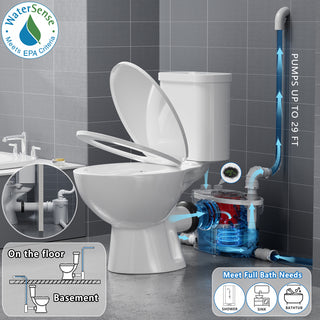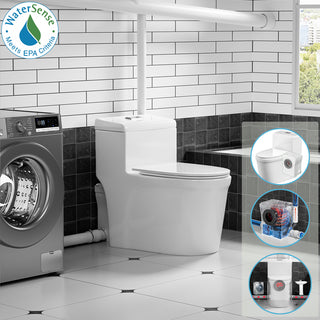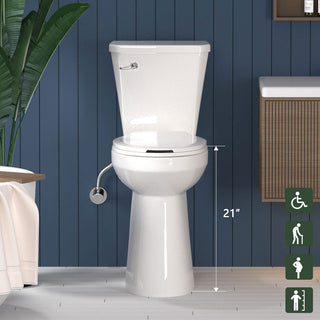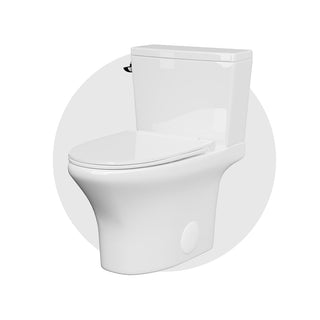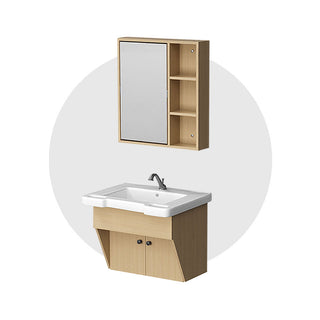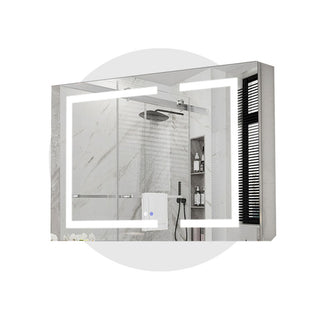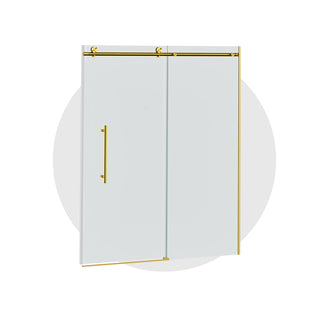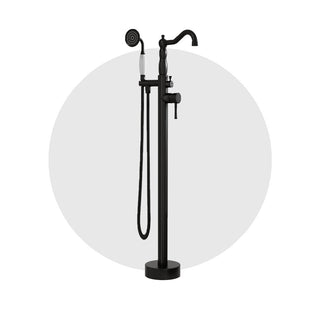Performance, Clogging, and Compatibility Explained
When choosing a toilet, many shoppers compare seat height, bowl shape, or water usage. But there's one often-overlooked feature that directly affects everyday performance: the trapway size.
The trapway is the curved passage at the bottom of the bowl that waste travels through before reaching the drainpipe. Its diameter affects how efficiently a toilet flushes—and how often it clogs.
Let’s break it down.
I. What Is Trapway Size?
The trapway size refers to the diameter of the internal passage that waste travels through during a flush. It’s usually measured in inches.
- ANSI standard minimum: 1.5″ diameter (required for safe and hygienic operation)
- Standard size: 2" to 2⅜"
- Larger models: 3" or even 4"
💡 Measured from inside edge to inside edge of the internal passage. The larger the trapway, the more easily waste and water can exit the bowl—reducing the risk of clogs.
II. Does Trapway Size Affect Performance?
✅ Yes—trapway size can affect several key factors:
|
Factor |
How Trapway Size Impacts It |
|
Clog Resistance |
A wider trapway makes it easier for solid waste and toilet paper to pass through without obstruction. Toilets with 2⅜″ or 3″ trapways are less likely to clog, especially in high-use settings. |
|
Flush Efficiency |
While the trapway doesn't control water input (that's the flush valve), it affects how efficiently that water carries waste through. A narrow trapway can restrict waste flow, especially in low-flow toilets. |
|
Noise |
A smoother and wider trapway can help reduce flush noise, thanks to more efficient waste removal with less turbulence. |
|
Low-Flow Compatibility |
Toilets that use 1.28 GPF or dual-flush systems often pair best with 2⅜″ or wider trapways to help maintain reliable performance with less water. |
🔄 Low-Flow Compatibility: Flush Valve + Trapway = Balanced Design
Toilets with low water usage—such as 1.28 GPF or dual-flush models—need to maximize every ounce of flushing power. That's where the right combination of flush valve size and trapway diameter makes a difference:
|
Flush Valve Size |
Recommended Trapway Diameter |
Why It Works |
|
2″ valve |
2″–2⅛″ trapway |
Standard combo for reliable, basic performance |
|
3″ valve |
2⅜″–3″ trapway |
More water released faster = stronger waste push |
| Tower-style valve (large outlet) |
Up to 3″ trapway |
Ideal for high-efficiency models using low GPF |
A larger flush valve releases water more rapidly into the bowl, which helps drive waste through a wider trapway more effectively—even with less water. This synergy is essential for avoiding clogs and maintaining performance in water-saving toilets.
💡 It's not just about bigger parts—it’s about how well they’re matched.
III. Are All Toilet Trapways the Same Size?
Quite clearly, trapway diameters vary across brands and models:

|
Trapway Size |
Common Use Case |
Example Brands/Models |
| 2″ |
Basic or compact models |
Older designs or budget toilets |
| 2⅛″–2⅜″ |
Standard modern toilets |
TOTO, Kohler, American Standard, Simple Project |
| 3″ |
High-performance or clog-resistant models |
|
| 4″ |
Rare, commercial-grade toilets |
Institutional use |
👉 Always check product specs. Trapway size is usually listed if it's a feature highlight—especially if it’s 2⅜″ or above.
IV. Does Bigger Always Mean Better?
Not necessarily. Bigger trapways reduce clog risk but don't guarantee better flushing unless well-designed. Here’s what to consider:
- A poorly glazed or uneven trapway can negate the benefits of a larger diameter.
- Flush valve design and bowl shape still play a major role.
- Oversized trapways may lower flushing force if not balanced with other components.
📌 Look for fully glazed trapways—this smooth finish prevents debris buildup and ensures consistent waste removal.
V. What’s the Right Trapway Size for You?
Here’s a practical guide:
|
Usage Scenario |
Recommended Trapway Size |
| Low-use or powder room toilets |
2″ to 2⅛″ |
| Standard household use |
2⅛″ to 2⅜″ |
| Family homes / frequent use |
2⅜″ or 3″ |
| Rental or commercial properties |
3″ for handling heavier use and minimizing maintenance |
| ADA-compliant or accessible toilets |
Often 2⅜″–3″ for reliability |
💡 Compact toilets can still have wide trapways. Size isn’t only about footprint—it’s about internal design.
VI. Installation and Compatibility
- Trapway size does not require special rough-ins or floor flanges.
- Most toilets, regardless of trapway diameter, connect to standard 3″ or 4″ floor drains.
- Focus on ensuring your rough-in size (usually 12″) matches your setup.
Conclusion: Yes, Trapway Size Matters
While it's not the most obvious feature, trapway size plays a key role in whether your toilet quietly works—or frequently clogs. Look for at least a 2⅛″ fully glazed trapway, and consider 2⅜″ or 3″ if you want extra peace of mind.
Just remember: trapway size complements, but doesn’t replace, a well-designed flush system.
FAQ: Toilet Trapways & Sizing
Q: Does trapway size really make a difference?
Yes. Wider trapways reduce clogging and improve flush consistency, especially in high-use homes.
Q: Is 2″ trapway enough?
It can be for light use, but 2⅛″ or larger is recommended for better long-term performance.
Q: Are all toilets built with the same trapway?
No—sizes vary by model. Check the product’s specification sheet.
Q: What trapway size is ideal for 1.28 GPF toilets?
A 2⅜″ trapway is ideal to help offset the lower water volume and ensure a clean flush.
Q: Do I need a special drain for a 3″ trapway?
No. Trapway size doesn’t change the floor flange. Most toilets still use a standard 3″ or 4″ outlet.


